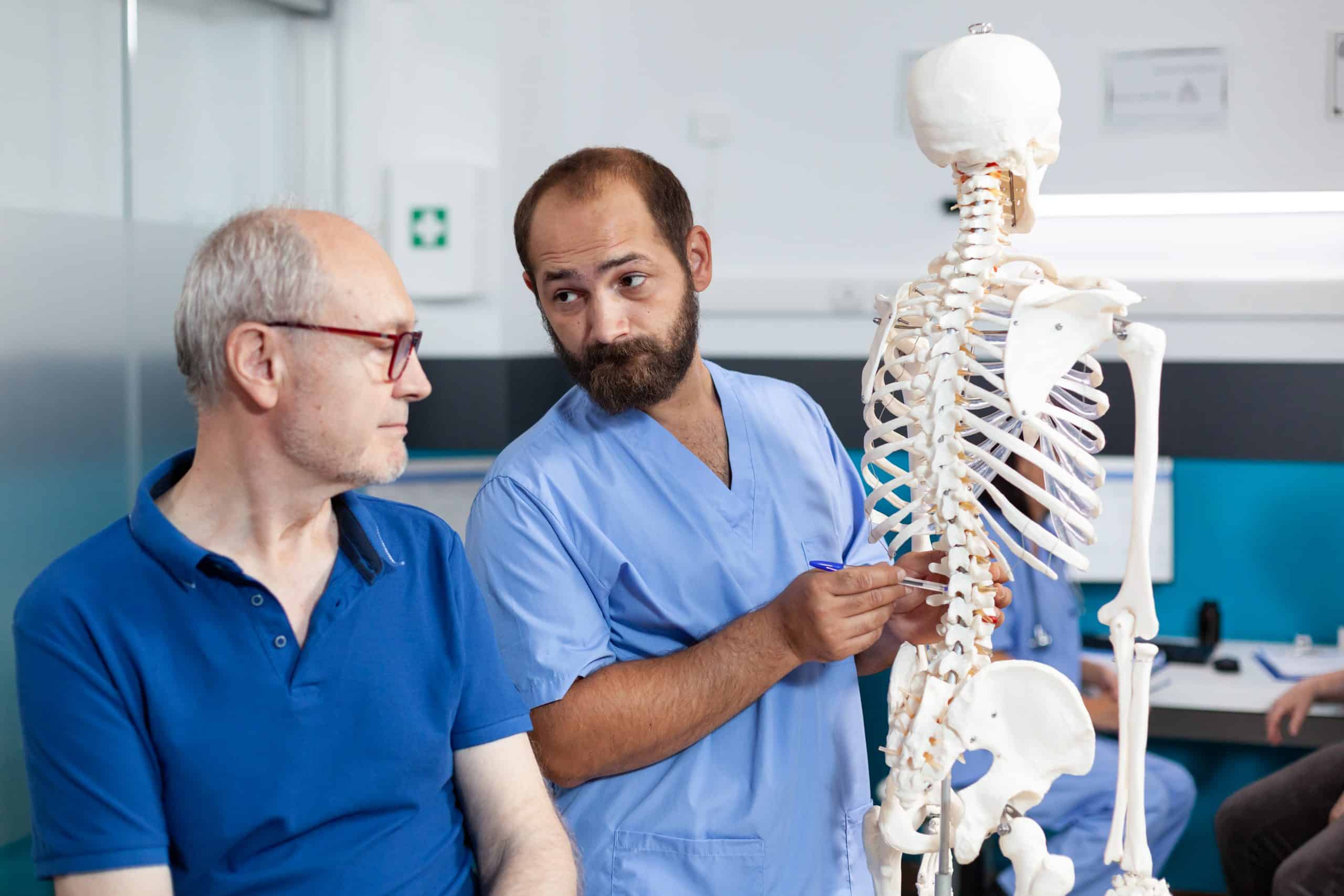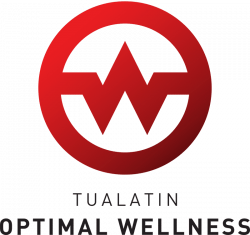herniated discs
What are the symptoms of herniated discs?
While you can have a slipped disk in any part of your spine, it is most common in the lower back area. The symptoms depend on where it occurs and whether it is pressing on a nerve.
If the herniated disk is not pressing on any nerve, it may not have any symptoms. But a herniated disk pressing on any nerve can cause severe pain and numbness along the affected nerve.
Herniated disc symptoms usually occur on one side of the body. The discomfort gets aggravated while you are active and lessens while resting.
Some common symptoms of a herniated disk are:
- Pain and Burning
- Tingling sensation or numbness
- Muscle weakness

What are the risk factors for herniated discs?
Your spine is made of 24 bones stacked on top of each other, called the vertebrae that form the spinal column. The bones are cushioned by discs that have a soft jelly-like consistency. The discs cushion the bones, protecting them by absorbing the stress from daily activities like walking, running, etc. The disc has two parts, a tough outer ring, and a soft gelatinous core. As a result of any injury, the inner portion protrudes out of the outer ring, causing a slipped or herniated disc.
While a herniated disk can occur in any spine area, it is common in the lower back area. A slipped or herniated disc can cause pain, numbness, and discomfort in the place it occurs.
The factors that can increase your chance of suffering herniated discs are:
- Age
- Genetics
- Weight
- Certain physically demanding occupations
- A sedentary lifestyle
- Smoking
Types of herniated discs:
Herniated Lumbar Disc
(Slipped disc in the lower back)
A herniated disc in the lower back can cause sciatic nerve pain. It can cause a sharp pain in your lower back that moves down your buttocks on one side, spreading to your legs and foot.
With a herniated disc on your lower back, you can also experience a tingling sensation or numbness in your legs and general muscle weakness in the surrounding area.
Herniated Cervical Disc
(Slipped disc in your neck)
A slipped disc in your neck area can cause the following symptoms:
- Pain in the back and side of your neck area
- Pain between your shoulder blades
- Pain that aggravates if you move or turn your neck
- Neck pain that radiates to your arms and shoulders, spreading to your hands and fingers
- Tingling or numbness in arms
Thoracic Region
(Slipped Disc in the middle back)
Where the herniated disk occurs in the middle back, the pain can travel around the ribcage towards the front of the body. It is the least common area for the occurrence of a herniated disk.
What are the treatments of herniated disks/discs?
- The treatments for a herniated disk can include medications, physical therapy, and surgery.
Medications
Your physician can prescribe over-the-counter painkillers and anti-inflammatory medicines like Ibuprofen to relieve pain. In severe pain, opioids can be prescribed. Also, your doctor can prescribe muscle relaxants to relax painful areas and anticonvulsants to alleviate nerve pain.
Physical Therapy Using Chiropractic Techniques
Most individuals with herniated discs can be treated using noninvasive procedures. You can contact a chiropractor to heal your painful symptoms naturally. Your chiropractor shall, after assessing the damage caused by the herniated disk, perform the following methods:
- Flexion-distraction technique:
Here, your chiropractor would stretch your spine by lightly applying force in the affected area using a gentle pumping rhythm. - Pelvic blocking techniques:
Your chiropractor shall put cushioned wedges under both sides of your pelvis. That would naturally draw the herniated disk away from the affected nerve, allowing it to heal.
Other chiropractic treatment options
Your chiropractor can suggest other techniques to make the treatment more effective based on your condition. Some of the methods are as follows:
- Laser therapy
- Massage therapy
- 3D active traction
- Ultrasound-guided injections
Surgery
Surgery is often considered in severe cases of herniated disks. Your chiropractor can refer you to a specialist, where surgery is required, to help you get the desired results.
Surgical treatment can include the following:
- Disc replacement where herniated discs are replaced with artificial implants
- Discectomy where all or part of the disc is removed
- Laminectomy, where part of the vertebrae may be removed to make room for the nerves
- Spinal fusion, where the surgeon can join two or more vertebrae together
- Nucleotomy, where the disc’s nucleus is removed via suction or laser excision

